Barriers to Effective Communication | UGC NET Paper 1
Get Study Materials of General Studies for UPPSC ⇒ DOWNLOAD NOW
Barriers to Effective Communication
There are many barriers to communication, and these may occur at any stage in the communication process. Barriers may lead to your message becoming distorted by causing confusion and misunderstanding.
Effective communication involves overcoming these barriers and conveying a clear and concise message.
| UNIT – IV: Communication (Click below on the topic to read the study notes) |
Important Barriers to Effective Communication
There are some important barriers to effective communication.. they are categorised as follow:
Physical Barriers:
Communication is a two-way process, the distance between the sender and the receiver of the message is an important barrier to communication. Noise and environmental factors also block communication.
Personal Barriers:
Semantic or Language Barriers:
Semantic is the science of meaning. The same words and symbols carry different meanings to different people. Difficulties in communication arise when the sender and the receiver of the message use words or symbols in different senses. The meaning intended by the sender may be quite different from the meaning followed by the receiver. People interpret the message in terms of their own behaviour and experience. Sometimes, the language used by the sender may not at all be followed by the receiver.
Status Barriers (Superior-Subordinate Relationship):
Status or position in the hierarchy of an organization is one of the fundamental barriers that obstruct the free flow of information. A superior may give only selected information to his subordinates so as to maintain status differences. Subordinates, usually, tend to convey only those things which the superiors would appreciate.
This creates distortion in upward communication. Such selective communication is also known as filtering. Sometimes, “the superior feels that he cannot fully admit to his subordinates those problems, conditions or results which may affect adversely on his ability and judgment. To do so would undermine his position as a superior being in the formal organization.” This causes distortion in downward communication. A subordinate may also feel reluctant to report his shortcomings or may not seek clarification on instructions which are subject to different interpretations for fear of loss of prestige in the eyes of the superior.
Organizational Structure Barriers:
Effective communication largely depends upon the sound organizational structure. If the structure is complex involving several layers of management, the breakdown or distortion in communication wall arise. It is an established fact that every layer cuts off a bit of information. Moreover, information travelling through formal structure introduces rigidity and causes-delay because of long lines of communication. Similarly, lack of instructions for further conveying information to the subordinates and heavy pressure of work at certain levels of authority also act as barriers to effective communication.
Barriers Due to Inadequate Attention:
Inadequate attention to the message makes communication less effective and the message is likely to be misunderstood. Inattention may arise because of over business of the communicate or because of the message being contrary to his expectations and beliefs. The simple failure to read notices, minutes and reports is also a common feature.
Whatever be the reason, communication remains only a one-way process and there is no understanding of the message if the receiver pays little attention to the message. In the words of Joseph Dooher. “Listening is the most neglected skill in communication.” “half-listening is like racing your engine with the gears in neutral. You use gasoline but you get nowhere.”
Premature Evaluation:
Some people have the tendency to form a judgment before listening to the entire message. This is known as premature evaluation. As discussed in the previous point, “half-listening is like racing your engine with the gears in neutral. You use gasoline but you get nowhere.” Premature evaluation distorts understanding and acts as a barrier to effective communication.
Emotional Attitude:
Barriers may also arise due to emotional attitude because when emotions are strong, it is difficult to know the frame of mind of another person or group. Emotional attitudes of both, the communicator as well as the communicate, obstruct the free flow of transmission and understanding of messages.
Resistance to Change:
Barriers Due to Lack of Mutual Trust:
Communication means sharing of ideas in common. “When we communicate, we are trying to establish a commonness.” Thus, one will freely transfer information and understanding with another only when there is mutual trust between the two. When there is a lack of mutual trust between the communicator and the communication, the message is not followed. Credibility gaps, i.e., inconsistency in saying and doing, also causes a lack of mutual trust which acts as a basic obstacle to effective communication.
Other Barriers:
There may be many other barriers, such as un-clarified assumptions, lack of ability to communicate, a mirage of too much knowledge of closed minds, communication overload, shortage of time, etc., which cause distortion or obstruction in the free flow of communication and thus make it ineffective. Failure to retain or store information for future use becomes a barrier to communication when the information is needed in future.
- Internal Communication
- External Communication
Useful links
Social links
Useful links
Contact Us
Address: B 14-15, Udhyog Marg, Block B, Sector 1, Noida, Uttar Pradesh 201301
Alpha-I Commercial Belt, Block E, Alpha I, Greater Noida, Uttar Pradesh 201310
